Forgotten 10-Minute Recipes No One Makes Anymore
Many everyday meals used to take ten minutes or less. These concoctions didn’t need special tools or long ingredient lists, and they were common in homes across the country. Over time, they dropped off as packaged and restaurant food became easier to get. But they’re still practical, especially when there’s not much time to cook.
Here is a group of recipes that showed up regularly in kitchens but rarely get made anymore.
Quick Chopped Liver on Rye
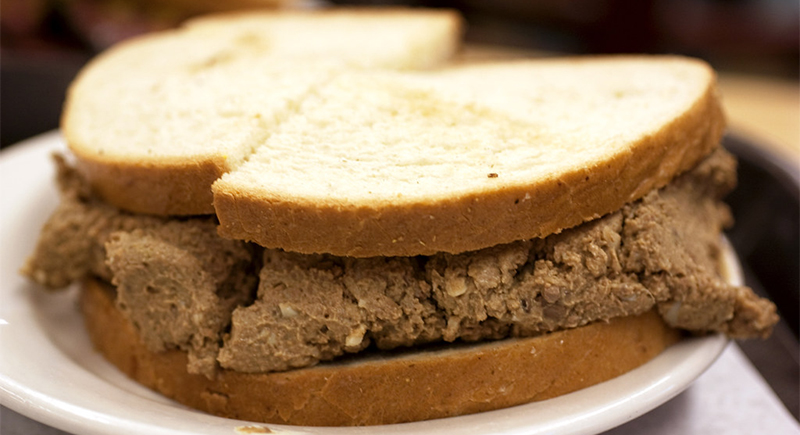
Credit: flickr
Eastern European families often relied on chopped liver as a dependable spread. It was inexpensive and a good way to get nutrients, especially during hard times. People usually served it cold, spread thickly on a slice of rye. The liver’s richness balanced the rye’s density.
Retro Tuna Salad Cup
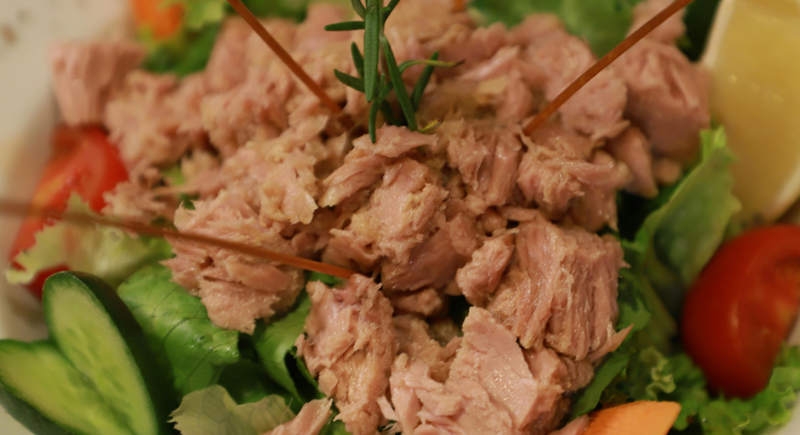
Credit: pexels
After World War II, canned tuna gained popularity in American kitchens. It became a go-to for fast meals that weren’t purely protein. Home cooks scooped a creamy tuna mixture into lettuce leaves for neat, individual servings.
Microwave Mug Omelet
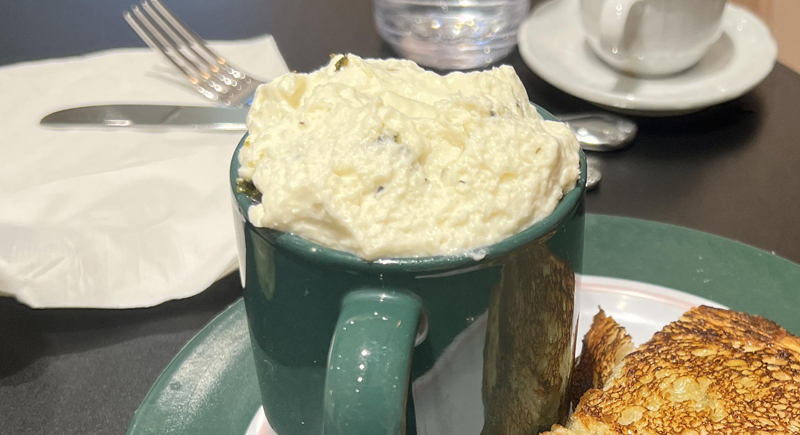
Credit: Reddit
When microwaves first entered kitchens, they sparked a wave of single-serving meals. The mug omelet fit right in. It had beaten eggs, diced vegetables, and cheese mixed in a coffee mug and then microwaved for about two minutes.
Instant Egg Drop Soup

Credit: Wikimedia Commons
Egg drop soup has long been a speedy feast in Chinese households. The basic version requires only broth, cornstarch, and whisked eggs. Pouring the eggs slowly into boiling broth creates ribbons that float and cook instantly. This soup started appearing in American homes by the mid-20th century because of its ease and warmth.
Old-Fashioned BLT

Credit: Wikimedia Commons
Everyone remembers the bacon, lettuce, and tomato sandwich as a regular on diner menus and home kitchens. Bacon brought richness, tomato added acidity, and lettuce gave it structure. Toasted bread held it all together, and mayonnaise provided moisture.
Pasta Aglio e Olio
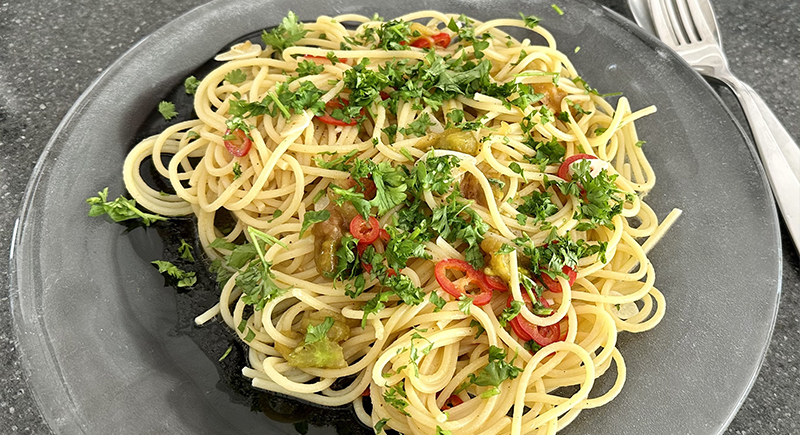
Credit: Wikimedia Commons
In Naples, pasta aglio e olio started as a peasant dish using pantry basics. Garlic, chili flakes, and olive oil were heated together to create a sauce that clings to spaghetti. When made well, it tastes far richer than its ingredient list suggests.
Egg-N-Dine Toast

Credit: pexels
Cookbooks from the 1950s mostly included this recipe as a way to make breakfast fast and practical. Scramble a few eggs, toast a slice of bread, then combine. That’s the entire concept. It was usually topped with whatever was available—chopped parsley, a dusting of pepper, sometimes cheese.
Shrimp Scampi
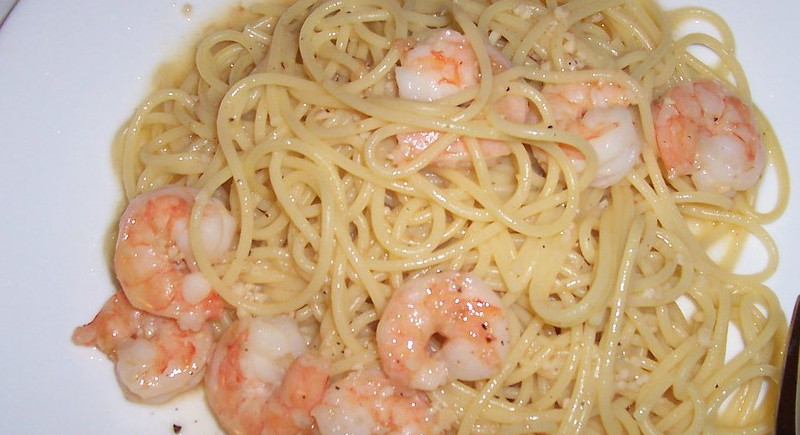
Credit: flickr
While shrimp scampi sounds formal, the process is incredibly simple. All you have to do is sauté peeled shrimp with garlic, butter, and lemon in a hot skillet. The shrimp cooks right away, and the pan sauce forms on its own. This version skips the white beverage and extras.
Spam Fritters
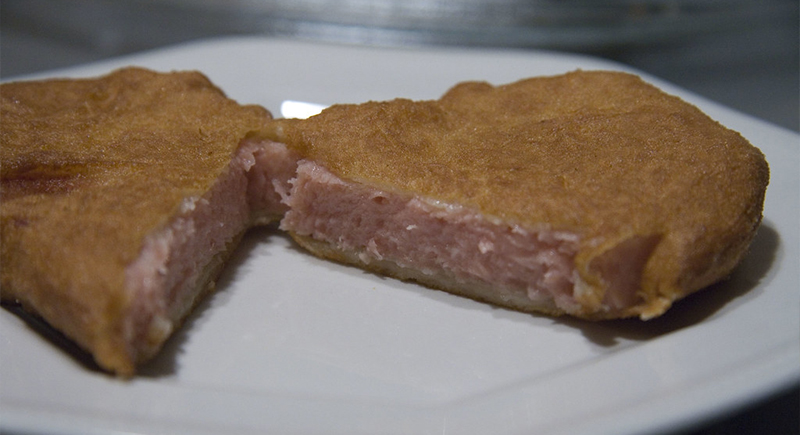
Credit: flickr
Batter-fried slices of canned meat were an excellent way for families to turn shelf-stable protein into something hot and satisfying. The salty interior and crisp coating made a strong case for simplicity. During wartime rationing, households relied on this kind of meal.
Spinach Salad with Warm Bacon Dressing
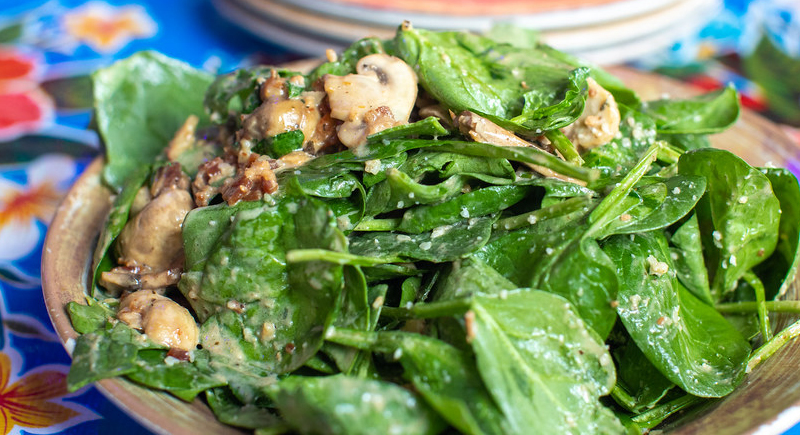
Credit: flickr
This salad uses fresh spinach softened slightly by warm bacon dressing. The dressing, made with bacon drippings, vinegar, and sugar, coats the leaves immediately and brings out their flavor. Red onion and hard-boiled egg sometimes joined the mix. The recipe remained frequent at potlucks, partly because there was no reheating involved.
Grilled Cheese with a Twist
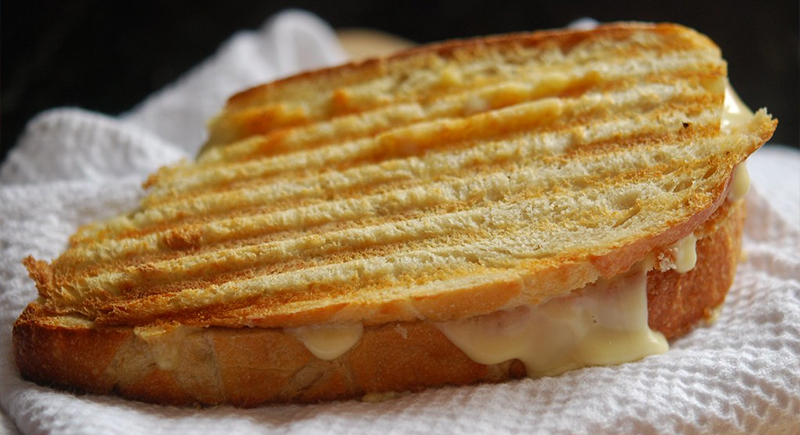
Credit: flickr
Grilled cheese became a favorite because it was filling, affordable, and familiar. To make it more interesting, people started adding tomato slices or dried herbs between the layers. That change gave the sandwich some bite and freshness.
Chicken Salad
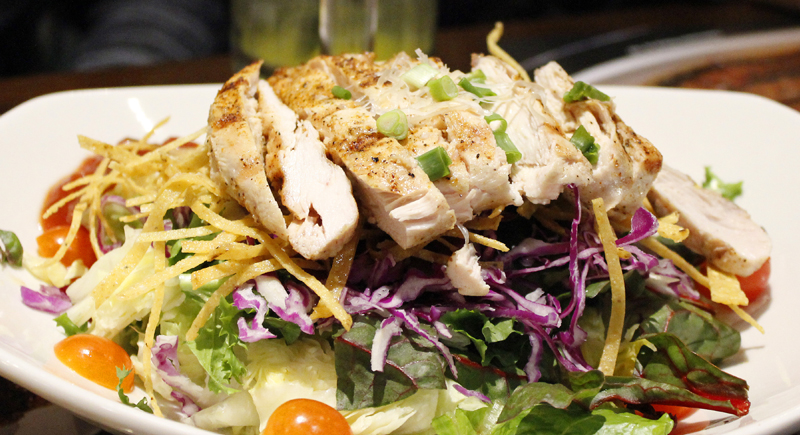
Credit: Wikimedia Commons
By the 1960s, canned and precooked chicken were quite common, and this salad followed in its footsteps. It was appreciated because it didn’t require heating anything. In warm months, this salad made up the bulk of weekday lunches. It could also be whipped up based on whatever was left in the fridge.
Quesadillas

Credit: Wikimedia Commons
This simple meal involved heating tortillas with cheese in a dry skillet. No measuring, mixing, or extra steps were involved. Home cooks brought in leftovers like beans or chicken when they had them, but plain cheese worked just as well.
Deviled Egg Redux
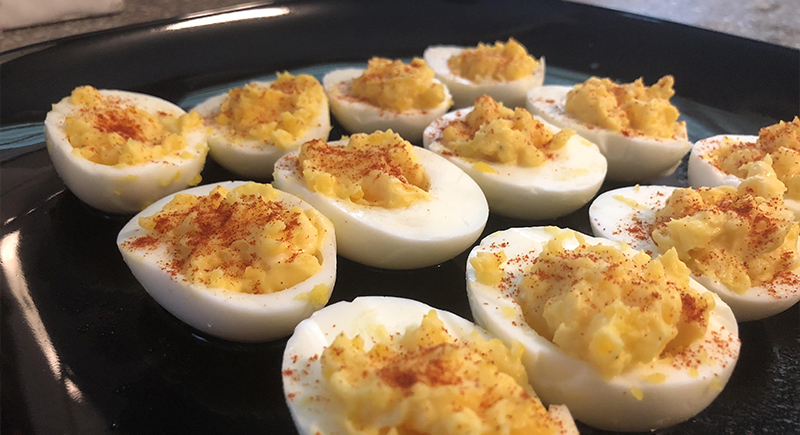
Credit: Reddit
Recipes resembling deviled eggs appeared as far back as ancient Rome, where seasoned yolk mixtures filled boiled egg whites. The version most individuals recognize today took shape much later in American kitchens by the mid-20th century. These eggs were a default dish for gatherings because they were straightforward to prepare and easy to transport.
Tuna Cracker Salad

Credit: Reddit
Considering it only used canned tuna, mayonnaise, and chopped pickles, this dish required no stove or prep beyond mixing and focused on basic ingredients. The tuna provided protein, and the crackers added texture.